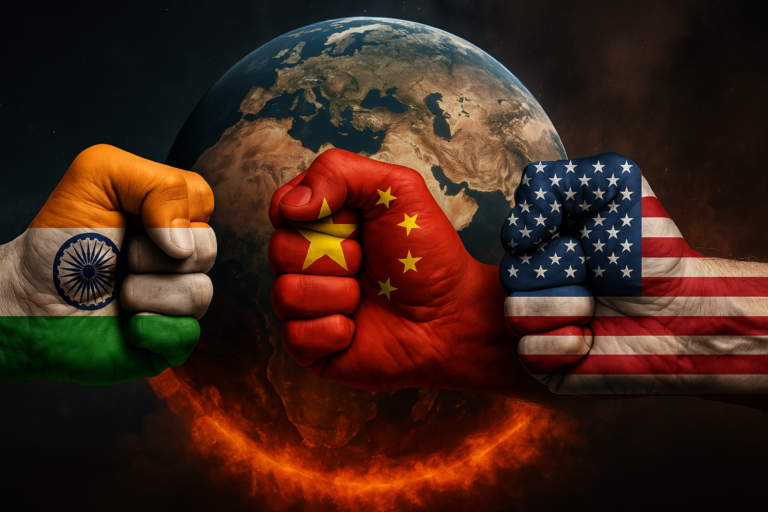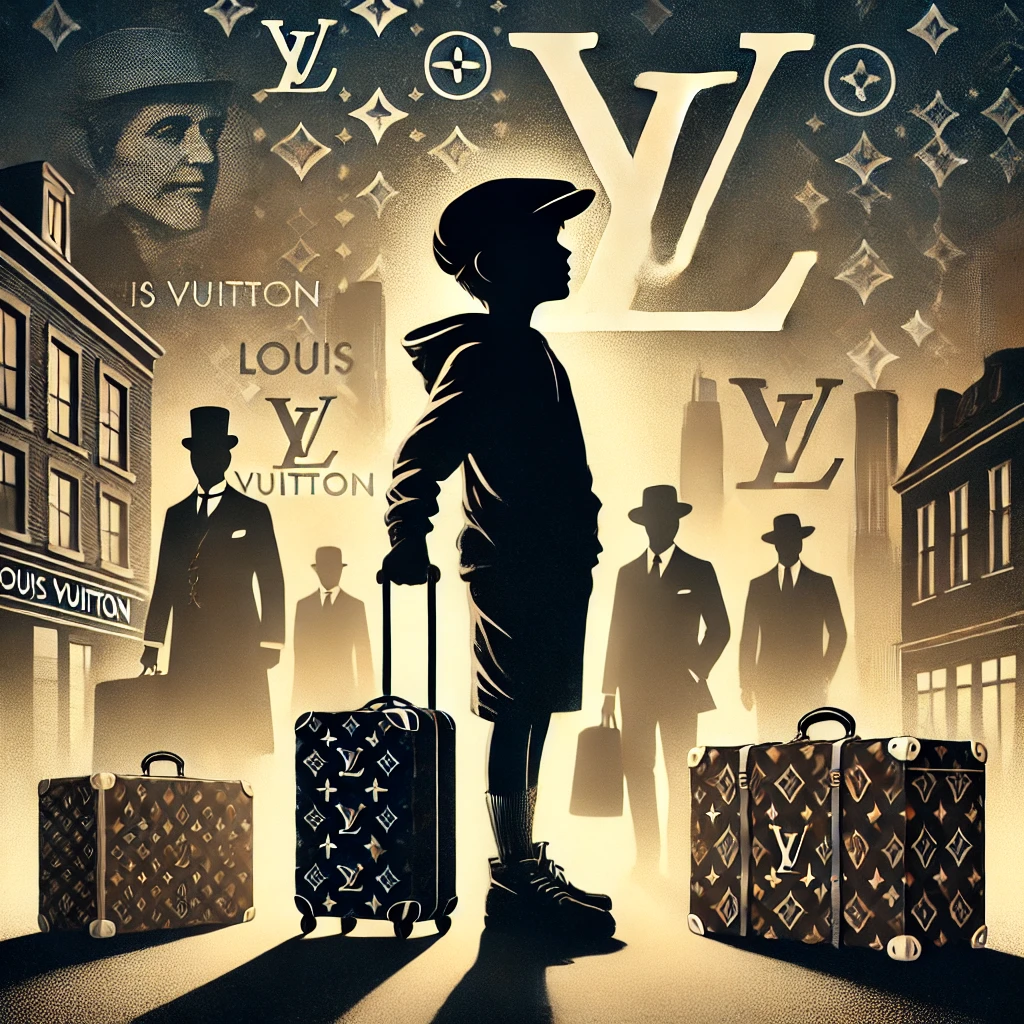
Louis Vuitton’s journey from humble beginnings to a global luxury empire, symbolized by a boy with a suitcase and the iconic Louis Vuitton products.
Introduction
Louis Vuitton is more than just a Louis Vuitton luxury brand—it’s a symbol of success, craftsmanship, and exclusivity. What began as the journey of a homeless 13-year-old boy in France has blossomed into a Louis Vuitton luxury brand, a global empire that defines the very essence of high-end fashion. From revolutionary luggage designs to becoming a global icon of luxury, Louis Vuitton’s story is a powerful tale of vision, resilience, and innovation. Today, the Louis Vuitton luxury brand continues to dominate the market, maintaining its position at the intersection of tradition and modernity.
This case study delves deep into the rise of Louis Vuitton luxury brand, examining its origins, innovations, market strategies, controversies, and its current status as an industry leader. Through this detailed analysis, we will uncover how a single brand maintained its dominance over the years, shaping the global luxury market.
1. Louis Vuitton’s Humble Beginnings: The Early Life of Louis Vuitton
In 1821, Louis Vuitton was born in Anchay, France, to a modest family. His father was a farmer, and his mother made hats to support the household. Their financial situation was dire, with limited resources available for even basic necessities. At the age of 10, tragedy struck when his mother passed away. His father remarried soon after, but his stepmother mistreated him, making his life unbearable.
By 13, Vuitton could no longer tolerate the harsh conditions at home. With no money or resources, he made a life-altering decision—to leave for Paris. The 292-mile journey on foot took him two years, during which he worked odd jobs in villages for food. He often slept in forests, braved harsh weather conditions, and at times, went without food for days. However, his determination to reach the French capital never wavered.
The socio-economic conditions of France during this period played a significant role in Vuitton’s struggles. The country was still recovering from the Napoleonic Wars, and rural communities faced extreme poverty. This context highlights Vuitton’s incredible perseverance in seeking a better future despite overwhelming odds.
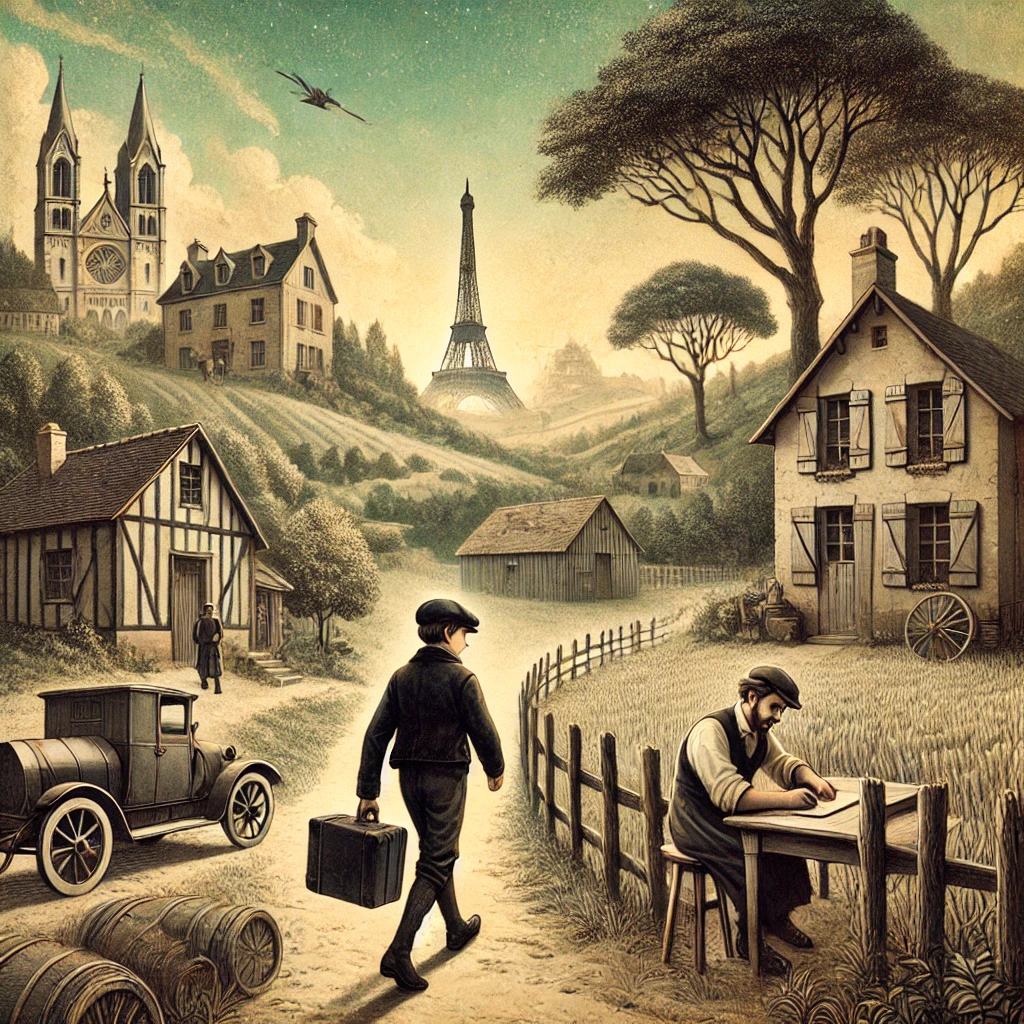
2. The Breakthrough: From Apprentice to Master Craftsman in the Louis Vuitton Luxury Brand
When Vuitton arrived in Paris in 1837, his first priority was survival. The city had just introduced railway travel, leading to a surge in demand for luggage and travel accessories. He secured an apprenticeship under renowned trunk-maker Monsieur Maréchal, a decision that would shape the course of his life.
For 16 years, Vuitton worked tirelessly under Maréchal, mastering the art of crafting high-quality luggage. He learned techniques for making durable, stylish, and functional travel cases. His meticulous craftsmanship gained him a reputation among Parisian elites, and he soon became the preferred craftsman for many affluent clients.
His defining moment came in 1852 when Empress Eugénie, wife of Emperor Napoleon III, appointed him as her official box-maker. She admired his attention to detail and innovative approach to crafting travel trunks. This royal endorsement gave Vuitton access to high-profile clients, setting the foundation for his future empire and the rise of the Louis Vuitton luxury brand.
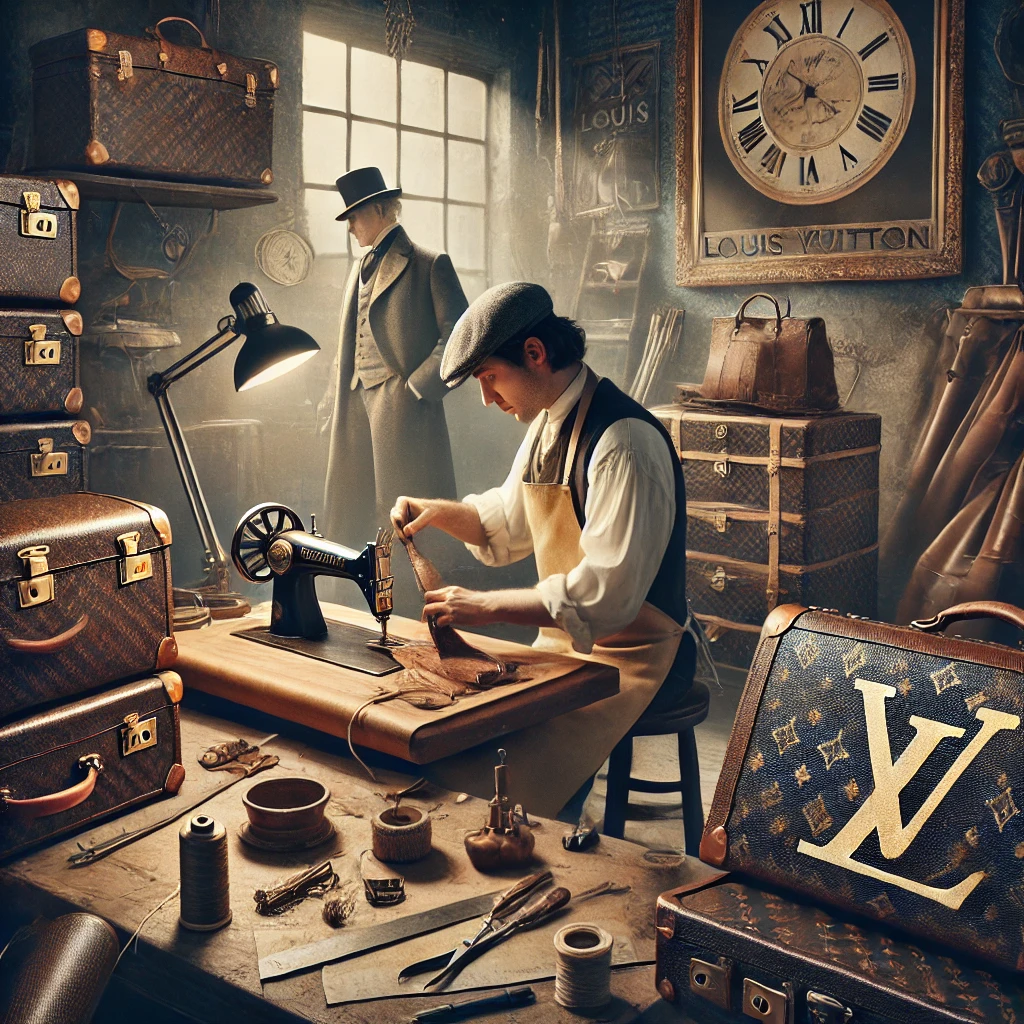
3. The Birth of Louis Vuitton: The First Louis Vuitton Store and Iconic Products
In 1854, Vuitton married and shortly after, he opened his first store on Rue Neuve-des-Capucines in Paris. Initially, he outsourced production, but inconsistent quality led him to relocate to Rue du Rocher in 1858, where he personally supervised production.
Observing a major issue with traditional travel trunks—dome-shaped lids that wasted space and were difficult to transport—he introduced a flat-top rectangular trunk made of trianon canvas, a durable and lightweight material. This innovation revolutionized the luggage industry and quickly became popular among wealthy travelers, solidifying the Louis Vuitton luxury brand.
The flat-top trunks allowed for easy stacking and storage, making travel more efficient for the aristocracy and business elites. This seemingly small design tweak significantly improved travel logistics, further cementing Vuitton’s reputation as an industry innovator in luxury goods.

4. Global Recognition and Expansion of Louis Vuitton’s Luxury Market Reach
By 1867, Vuitton’s groundbreaking designs won him a bronze medal at the Paris Universal Exhibition. His fame spread beyond France, attracting elite clients from Egypt, India, and other parts of the world. The Viceroy of Egypt officially recognized LV as a royal supplier.
Indian Maharajas, like the King of Kapurthala and the King of Baroda, became regular clients, ordering dozens of customized trunks. King Hari Singh of Jammu and Kashmir ordered 38 trunks in just seven months. Louis Vuitton’s clientele consisted of aristocrats and royals who sought high-quality, customized travel solutions. The brand’s ability to cater to highly specific needs, such as customized compartments for turbans, swords, and jewelry, made it a status symbol among global elites in the Louis Vuitton luxury brand.
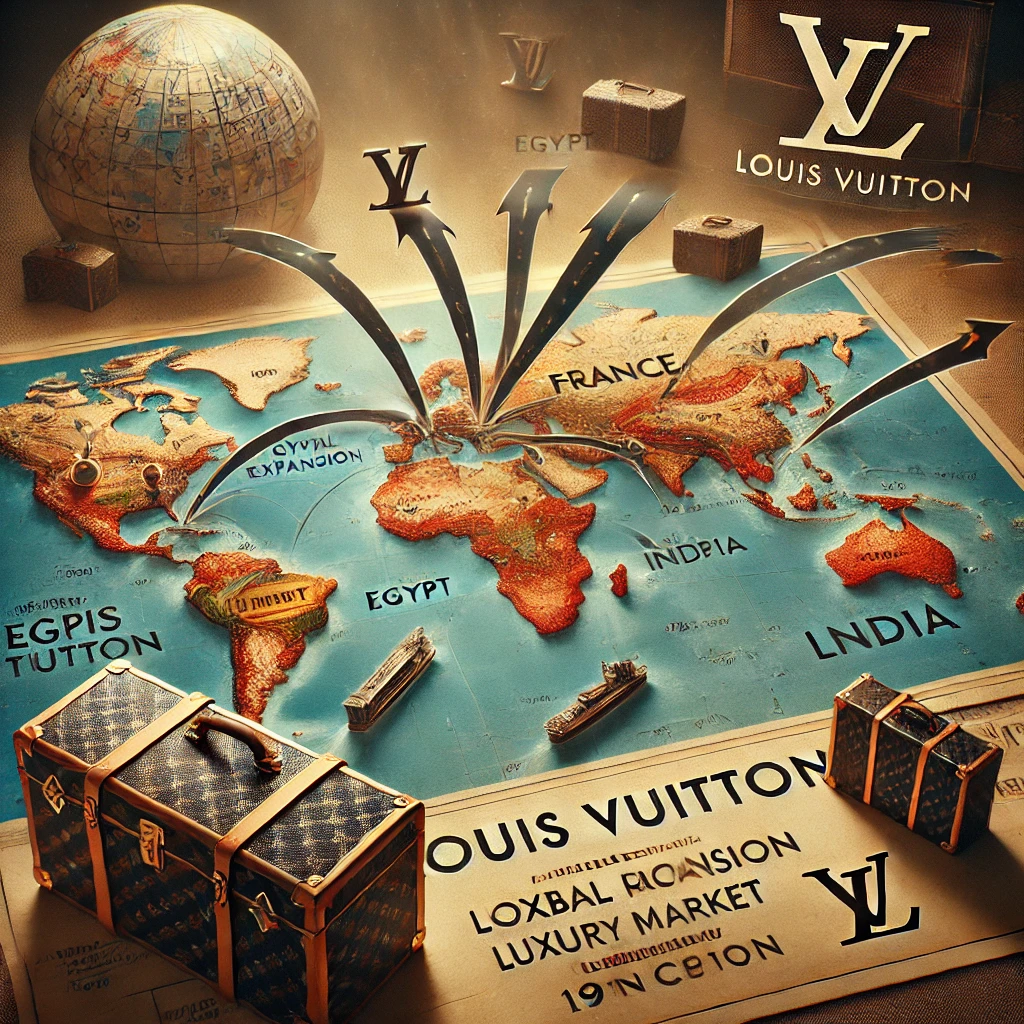
5. Surviving War and Reinventing the Business: Louis Vuitton’s Resilience
The Franco-Prussian War (1870-1871) forced Vuitton to abandon his Parisian workshop, leading to significant losses. His entire inventory was looted, and he had to start from scratch. However, post-war, he capitalized on declining property prices, purchasing a shop in the Opera district near major hotels and railway stations. This strategic move ensured constant foot traffic, helping him rebuild the brand.
In 1885, Vuitton expanded outside France, opening his first international store in London at 289 Oxford Street. His products gained immense popularity, solidifying LV’s presence in the luxury market. This expansion marked a major turning point for the Louis Vuitton luxury brand, proving that its appeal was not limited to France alone.

6. The Fight Against Counterfeiting: Louis Vuitton’s Brand Identity and Prestige
As LV’s reputation grew, counterfeit products flooded the market. To combat this, Vuitton’s son, George Vuitton, introduced several groundbreaking measures:
- The Tumbler Lock System (1890): This advanced locking mechanism, patented by Vuitton, was designed to prevent theft. George even challenged the famous escape artist Harry Houdini to break the lock—Houdini refused.
- The LV Monogram Canvas (1896): Featuring interlocking “L” and “V” initials with floral motifs inspired by Japanese designs, this became the brand’s signature and made counterfeiting harder.
- Handmade Craftsmanship: Unlike competitors that mass-produced goods, LV continued to handcraft its products, ensuring authenticity and exclusivity.
These measures not only protected the brand but also enhanced its prestige, reinforcing the idea that an authentic Louis Vuitton luxury brand product was a symbol of status and exclusivity in the luxury industry.
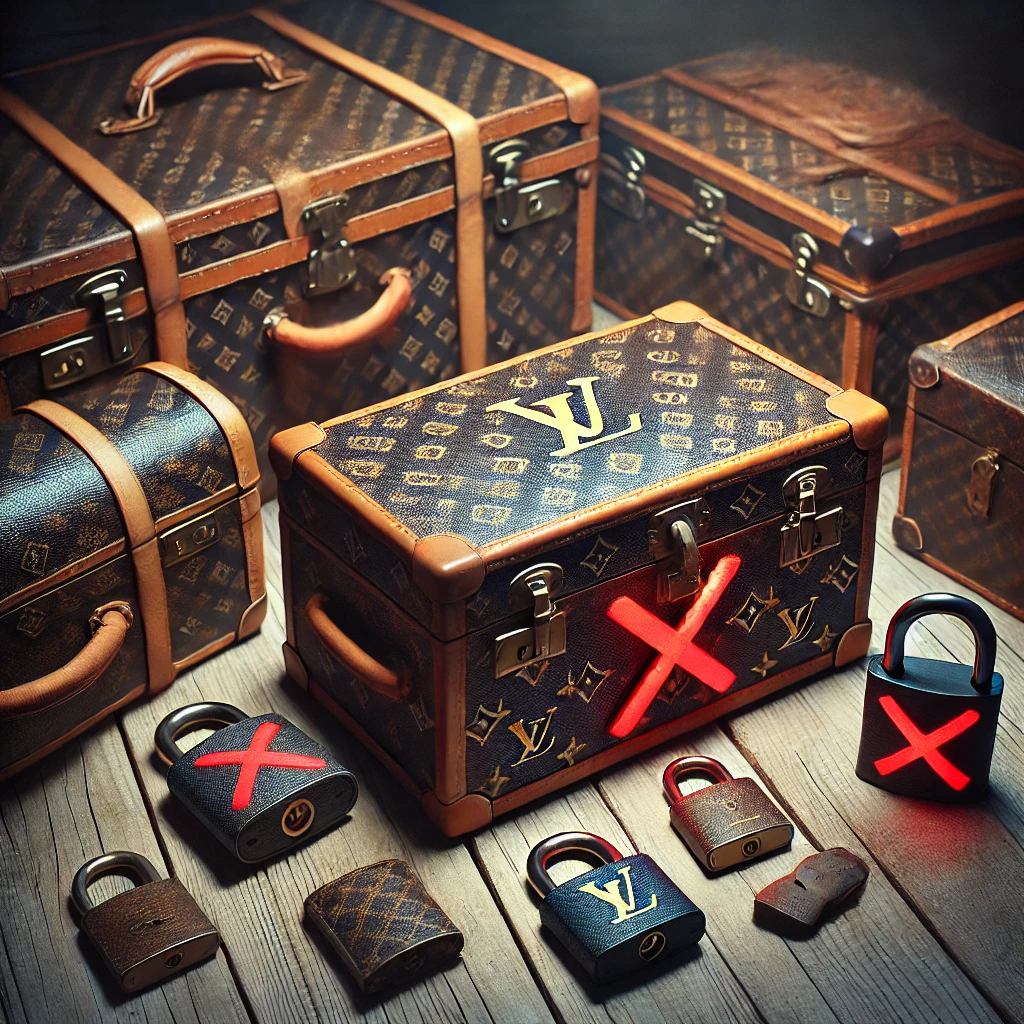
7. Surviving Controversies: The Nazi Collaboration and Its Impact on Louis Vuitton’s Legacy
During World War II, France fell under Nazi occupation, and many businesses shut down in protest. However, Louis Vuitton remained operational and collaborated with the Nazi-backed government, even creating propaganda materials.
This controversial history is documented in the book Louis Vuitton: A French Saga and remains a stain on the brand’s legacy. While LV defends its actions as a survival strategy, many critics argue that it was an unethical move purely for profit.

Conclusion
From a homeless teenager to a global luxury empire, Louis Vuitton’s journey is one of grit, innovation, and strategic branding. While controversies persist, the Louis Vuitton luxury brand remains at the pinnacle of the luxury industry. Its ability to adapt, innovate, and dominate the market ensures that LV will continue to define luxury for years to come.
Would Louis Vuitton have imagined this future? Probably not. But his legacy continues to shape the world of luxury like no other.
For further insights into Louis Vuitton’s branding and strategy, read about Louis Vuitton’s Animal Rights Stance on PETA. For more updates, check out Suchak News.

